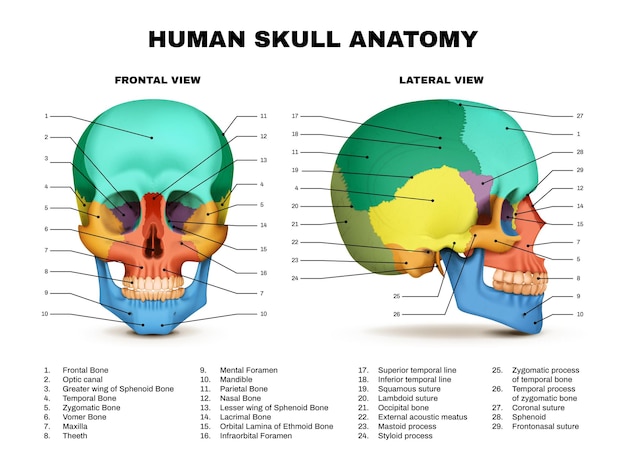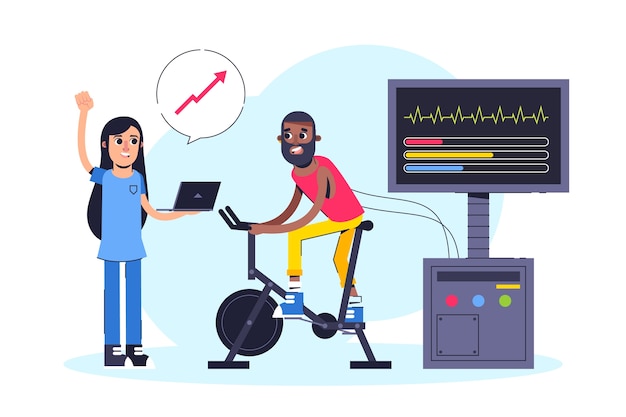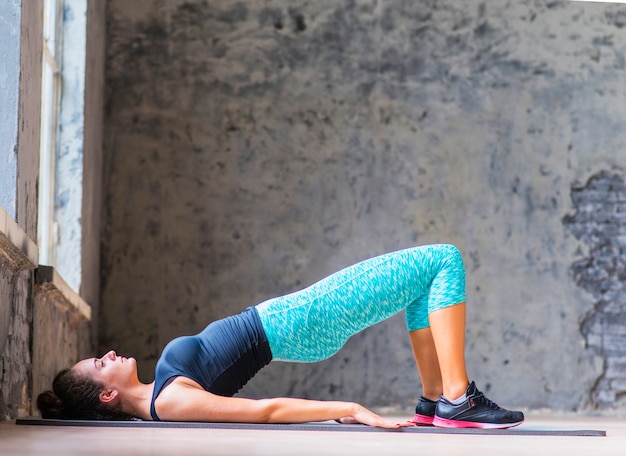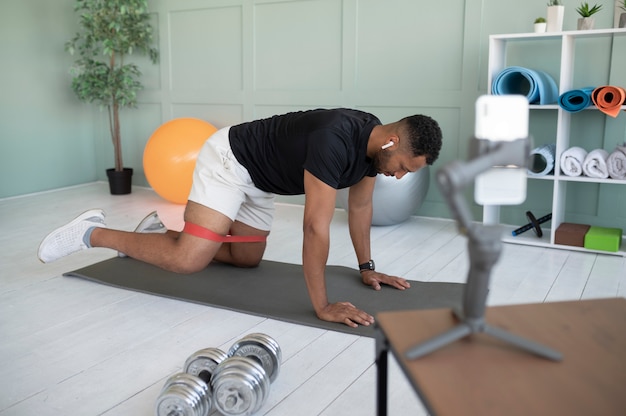If you're just starting your fitness journey, one of the biggest questions you might have is: Should I do HIIT or steady-state cardio to build a stronger core? Both workouts promise results, but they work in very different ways. The good news? You don’t need to be a gym expert to understand which one fits your goals—especially when it comes to improving core stability.
In this guide, we’ll break down the science behind HIIT (High-Intensity Interval Training) and steady-state cardio, compare their impact on core strength, and give you a simple plan to start fast, stay consistent, and measure progress every week.
Core stability refers to the ability of your abdominal, lower back, and pelvic muscles to support your spine during movement. A strong core improves posture, reduces injury risk, and enhances performance in almost every physical activity—from lifting groceries to running or lifting weights.
Contrary to popular belief, core stability isn’t just about having visible abs. It’s about functional strength that keeps your body balanced and protected.

High-Intensity Interval Training involves short bursts of maximum effort followed by brief recovery periods. A typical HIIT session lasts 15–30 minutes and may include exercises like burpees, mountain climbers, jump squats, and plank sprints.
Why does HIIT engage the core? Because many HIIT movements require explosive power and full-body coordination. Your core must stabilize your torso during rapid transitions, jumps, and dynamic motions. For example:
Research shows HIIT can improve muscular endurance and metabolic rate quickly. While it’s not primarily designed for core strength, its dynamic nature indirectly strengthens stabilizing muscles.
Steady-state cardio involves maintaining a consistent, moderate intensity for 30 minutes or more—like brisk walking, cycling, or swimming. Unlike HIIT, it doesn’t involve spikes in effort.
So how does this help your core? During prolonged aerobic activity, your core muscles work continuously to stabilize your spine and pelvis. For instance:
Low-Intensity Steady State (LISS) is especially beginner-friendly. It builds endurance, supports joint health, and promotes consistent muscle activation without overwhelming new exercisers.

The answer depends on your fitness level and goals.
For beginners: Steady-state cardio may be more effective initially. It teaches body awareness, improves posture, and builds foundational core endurance without high impact or complexity.
For faster functional gains: HIIT can accelerate core engagement through dynamic movements—but only if performed with proper form. Poor technique can lead to strain, especially in beginners.
Studies suggest that while HIIT burns more calories in less time, steady-state cardio offers comparable heart health benefits and consistent muscle activation over longer durations. For core stability, consistency and form matter more than intensity.
Here’s a balanced approach to build core stability using both methods—without overwhelm.
Use these simple metrics:
For gym newbies aiming to improve core stability, steady-state cardio provides a safer, more sustainable foundation. HIIT can be a powerful tool—but it’s best introduced gradually.
The key isn’t choosing one over the other forever. It’s about starting with what feels manageable, building consistency, and progressively challenging your body—with your core getting stronger every week.
Start steady. Add intensity slowly. Measure, adjust, and grow.

Fitness

Fitness

Fitness

Fitness

Fitness

Wellness

Fitness

Fitness

Fitness

Fitness

Fitness

Wellness

Health

Fitness

Health

Health